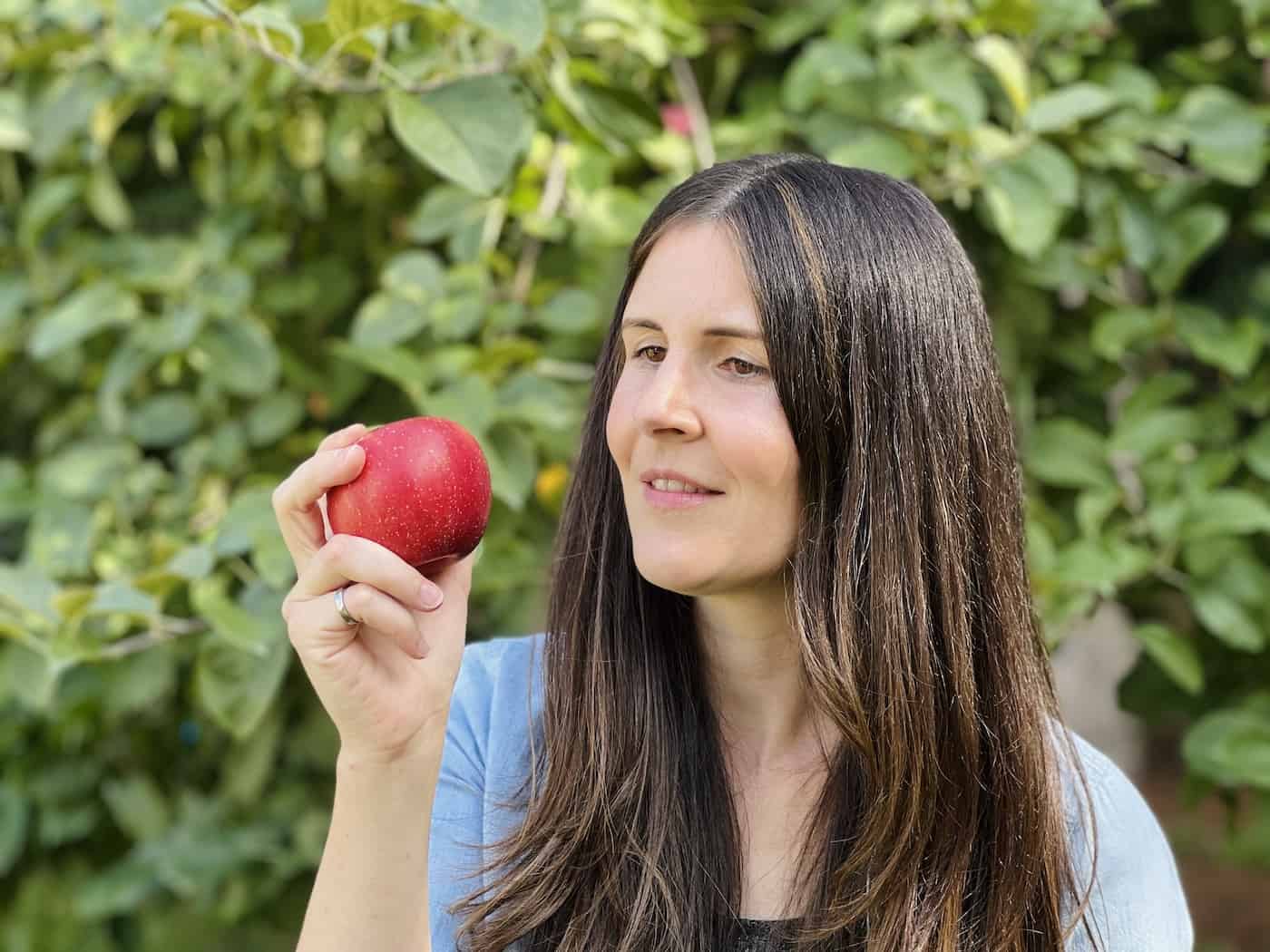Fuji apples are known for their incredible sweet flavor, crisp texture, and soft-pink skin. Developed at the Tohoku Research Station in Fujisaki, Japan in the late 1930s, the Fuji is a wonderful all-around apple. This large variety is well suited to eating fresh, baking, and long-term storage. Fuji is one of the most popular apple varieties in the world.
Fuji apple basics
Fuji apples were developed in the 1930s by breeders at Tohoku Research Station in Fujisaki, Aomori, Japan. The Fuji is the result of a cross between Red Delicious and Virginia Ralls Genet. The cultivar was named after the Japanese town of Fujisaki, where the original seedling tree was developed. The Fuji is now one of the most popular types of apples in the world!
Fuji apples were bred using natural cross-pollination of existing cultivars. Fuji apples are not genetically modified (they are not GMO). They were selected from among many different seedling trees for their excellent flavor, appearance, texture, and storage ability.
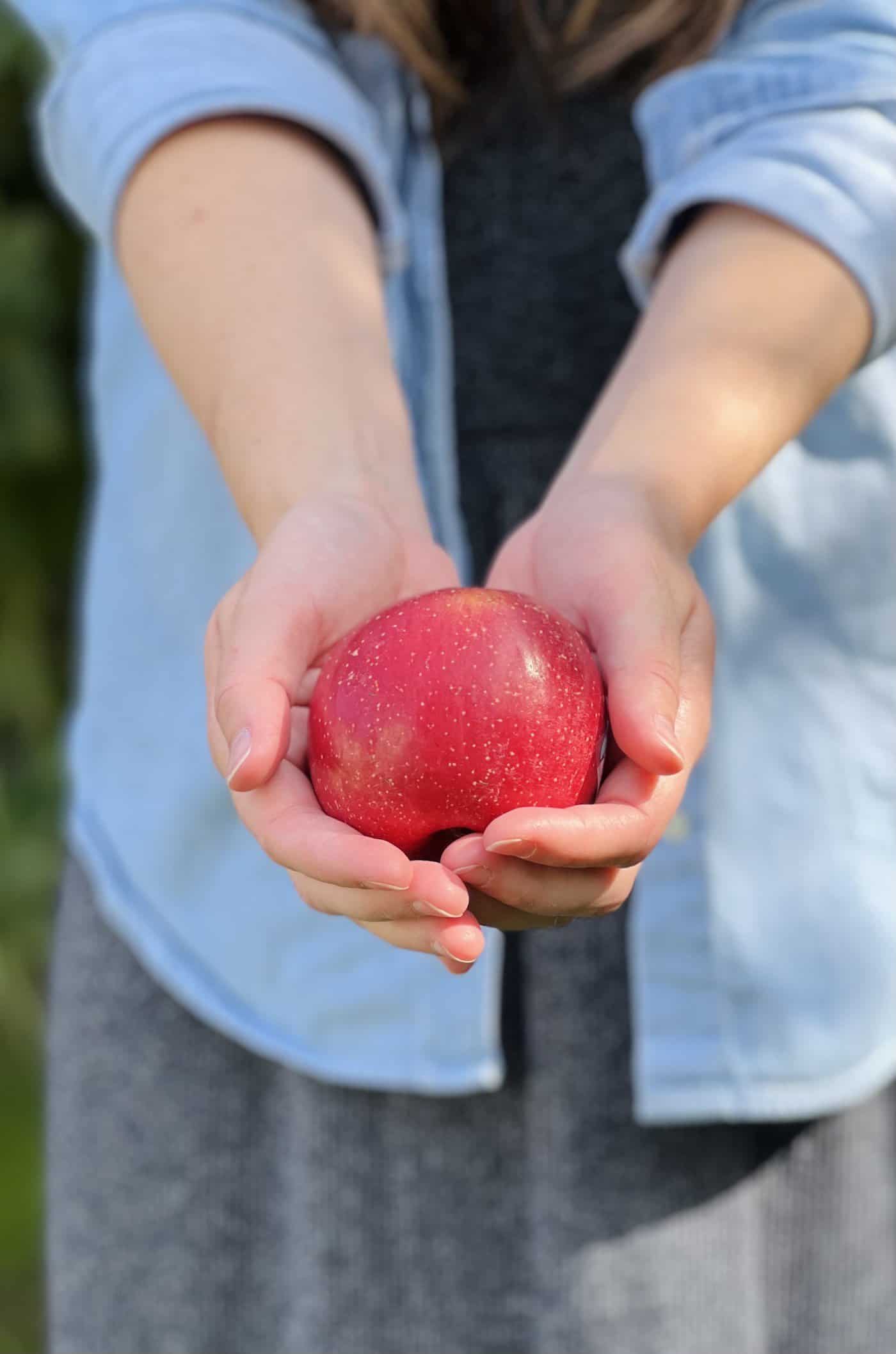
Flavor profile
Fuji Apples are often the sweetest apples at the shop. Shoppers look for them specifically for their combination of sweet and crisp fresh eating characteristics. While they do have a slight tartness, it is the sugary sweetness that they are known for.
Here are some tasting notes for Fuji:
- Pink blush peel, sometimes speckled, on a yellow-green background.
- Dense flesh with a crisp texture and a satisfying, fresh, crunchy snap.
- Sweet and juicy flavor, with a subtle refreshing tart undertone.
- Aromatic hints of Japanese pear, honey, and citrus.
“Flavor: Unique. A colossal opening salvo of lychee gives way to tantalizing touches of mango, cantaloupe, and gourmet jelly bean (choose any flavor you want; they all taste the same). Texture: A crisp fountain of juice. Skin can be chewy.”
Apples Of Uncommon Character: 123 Heirlooms, Modern Classics, & Little-Known Wonders, by Rowan Jacobsen
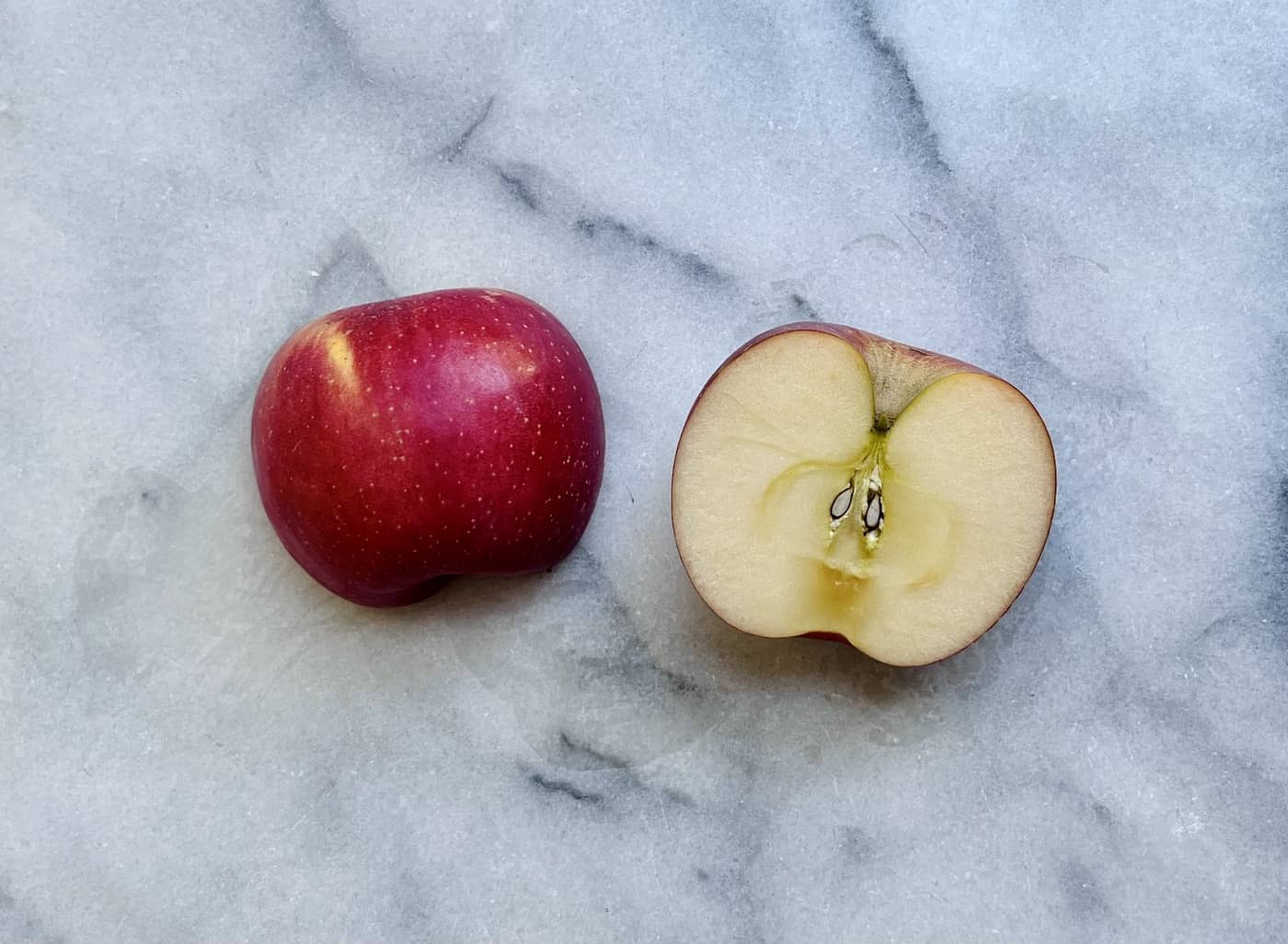
Growing regions
Fuji apples are grown worldwide. Here are some countries around the globe that produce Fuji variety apples:
- USA (Washington, California, New York)
- Canada
- Japan
- China
- Australia
- Chile
You can also grow your own Fuji Apple tree at home if you live in Zones 5-9. Those in colder zones might consider growing the Minnesota favorite ‘Honeycrisp’ tree instead.
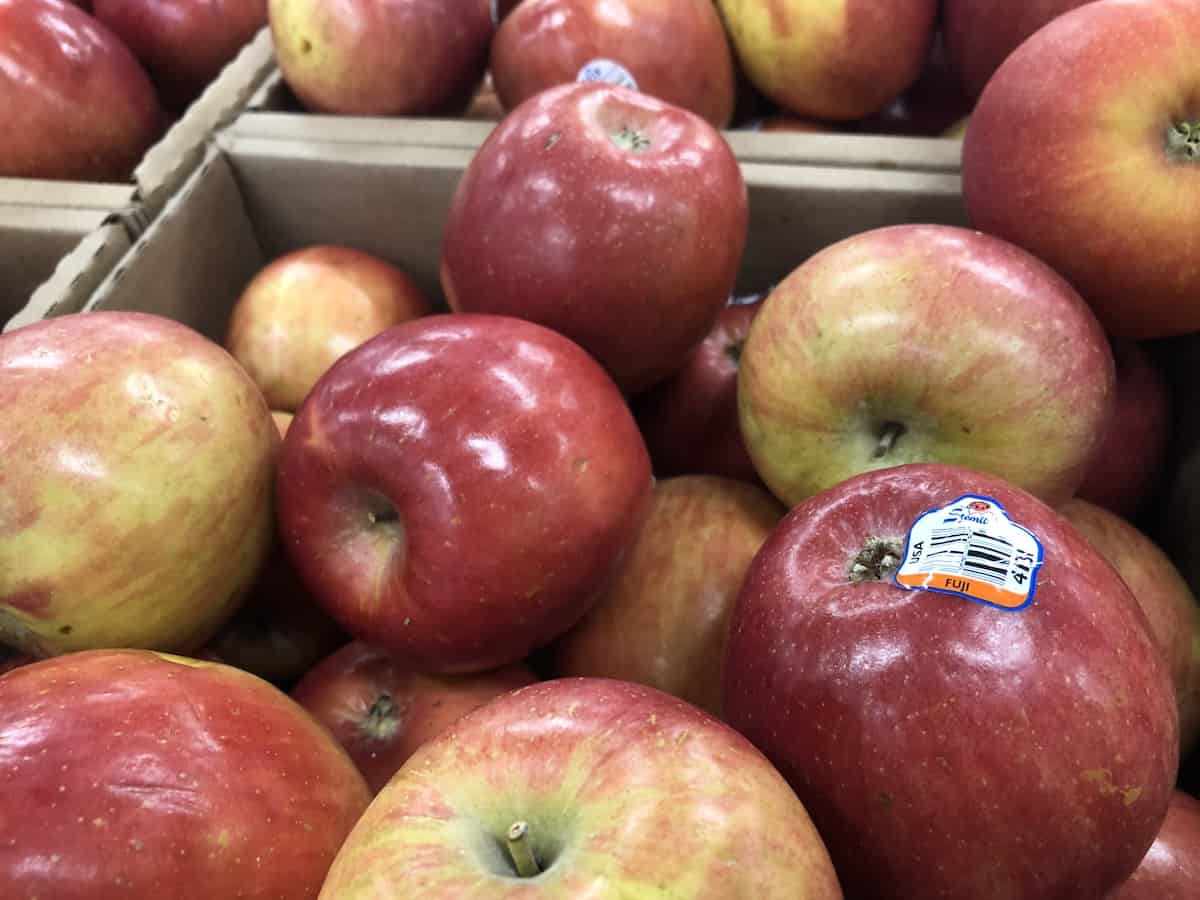
Harvest season
Fuji apples are a late-ripening variety. Japanese-grown Fuji apples typically ripen in November, while Fuji apples in California ripen about a month earlier, in October.
Fuji apples take a few weeks longer to grow and ripen when compared to many other supermarket varieties. The extra time on the tree helps them develop their larger size, while the cooler fall temperatures contribute to the beautiful pink coloring of the skin.
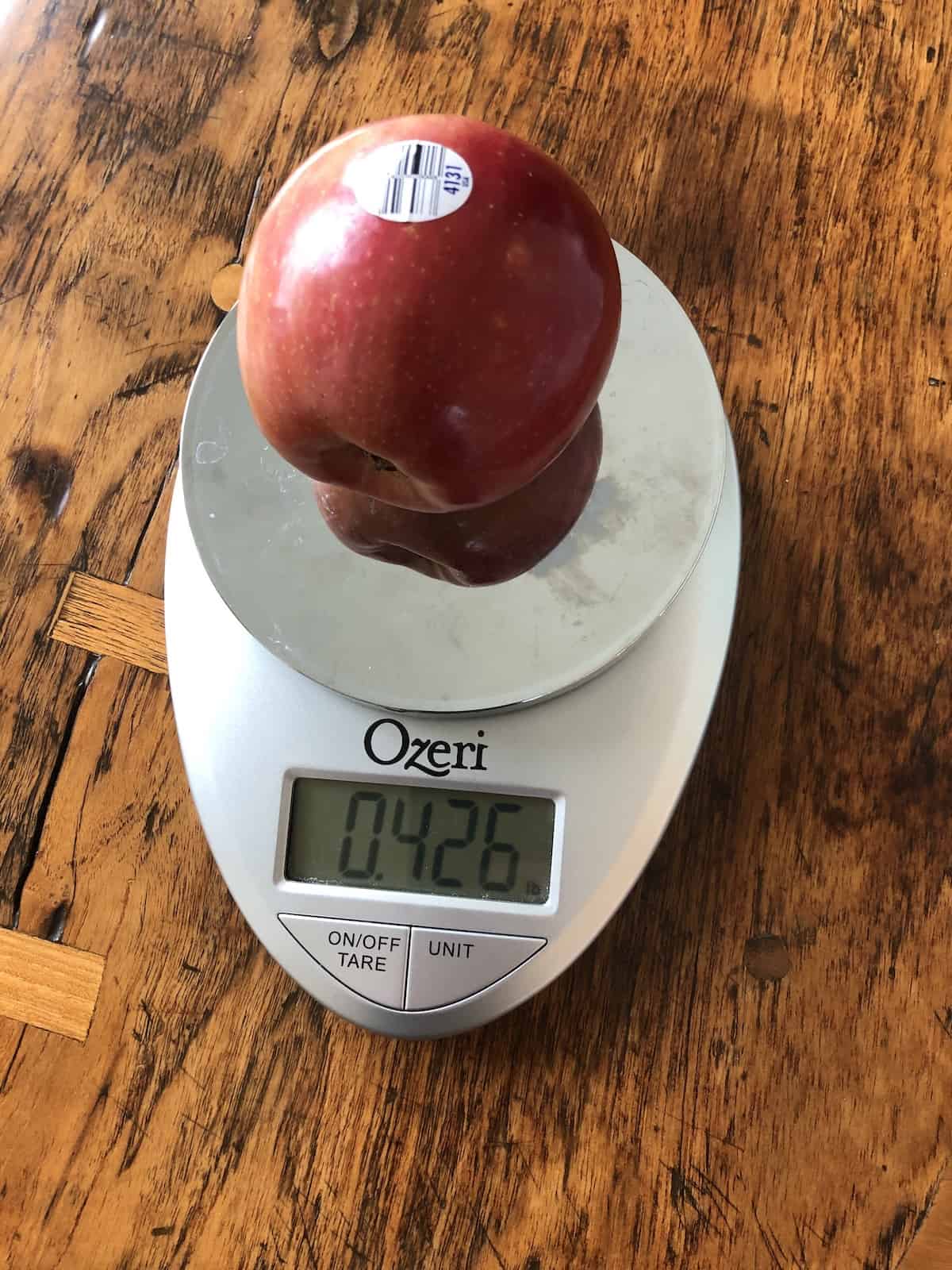
Fuji apples are widely available at grocery stores, supermarkets, and farmers’ markets. Most Fujis are large, round apples with smooth waxy skin. The background color of the skin is a greeny-yellow, with the characteristic pink blush. There is a wide variation in the tone of pink between different strains, varying climates, and autumn temperatures.
Fuji apples are generally 3″ across (7.5 cm) and weigh 8 ounces, or a half-pound (225 g). There are about two whole Fuji apples per pound. They are typically inexpensive in comparison to other dessert varieties, as distribution is not controlled and the variety is widely grown. Fuji apples often cost between $1.00-$1.50 per pound. A single apple generally costs 50-75 cents at a grocer, or up to two dollars at a coffee shop.
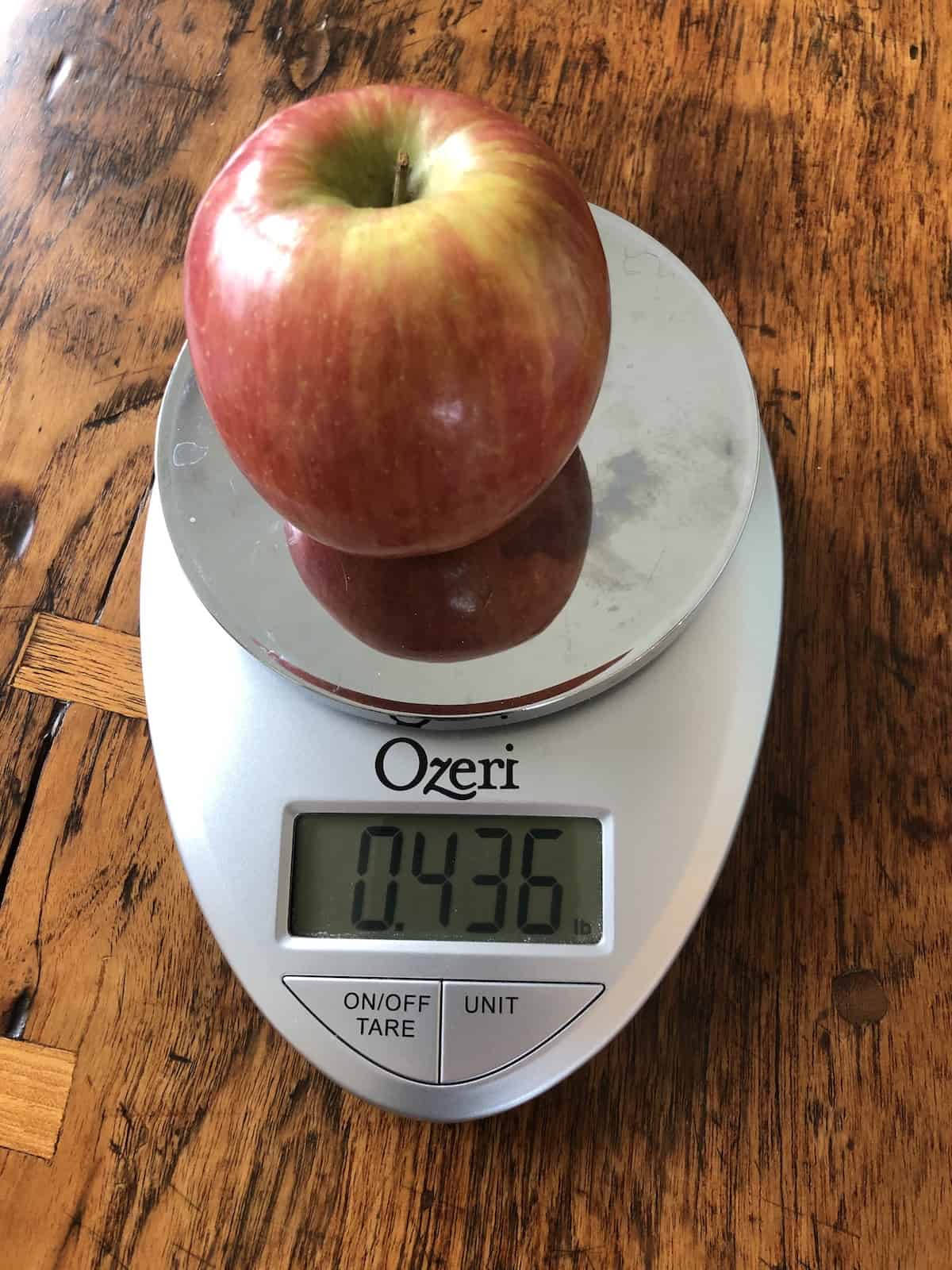
How to grow Fuji apples at home
Fuji apples can be grown in a wide range of climates. While most apple varieties require cold winters, having a chill requirement of 1,000 hours or more, Fuji trees need only 500-600 hours below 45° F (7° C) to produce blossoms and fruit. Fuji apple trees are hardy in Zones 5-9, making them very versatile!
The trees need at least 6-8 hours of sun per day to produce a good crop of apples. Situate the tree in an area where the sunlight can reach the leaves of the tree throughout the growing season. Crop pollination is best when paired with another variety that flowers at approximately the same time, such as Gala, Macoun, or Honeycrisp.
Plant your young tree in a wide planting hole that is only as deep as the soil in the tree’s pot. Gently backfill the hole with soil and water the tree deeply with clean water. Mulch the soil around the planted tree with a 1″-thick layer of compost, taking care not to let the moist compost touch the trunk of the tree itself.
“Sweet, very crisp and flavorful, excellent keeper. Dull reddish-orange skin, sometimes russeted. Chilling requirement listed as 600 hours, but preliminary testing in the low desert indicate that it may be less. Self-fruitful.”
Deciduous Fruit & Nuts for the Low Desert, University of Arizona, College of Agriculture and Life Sciences
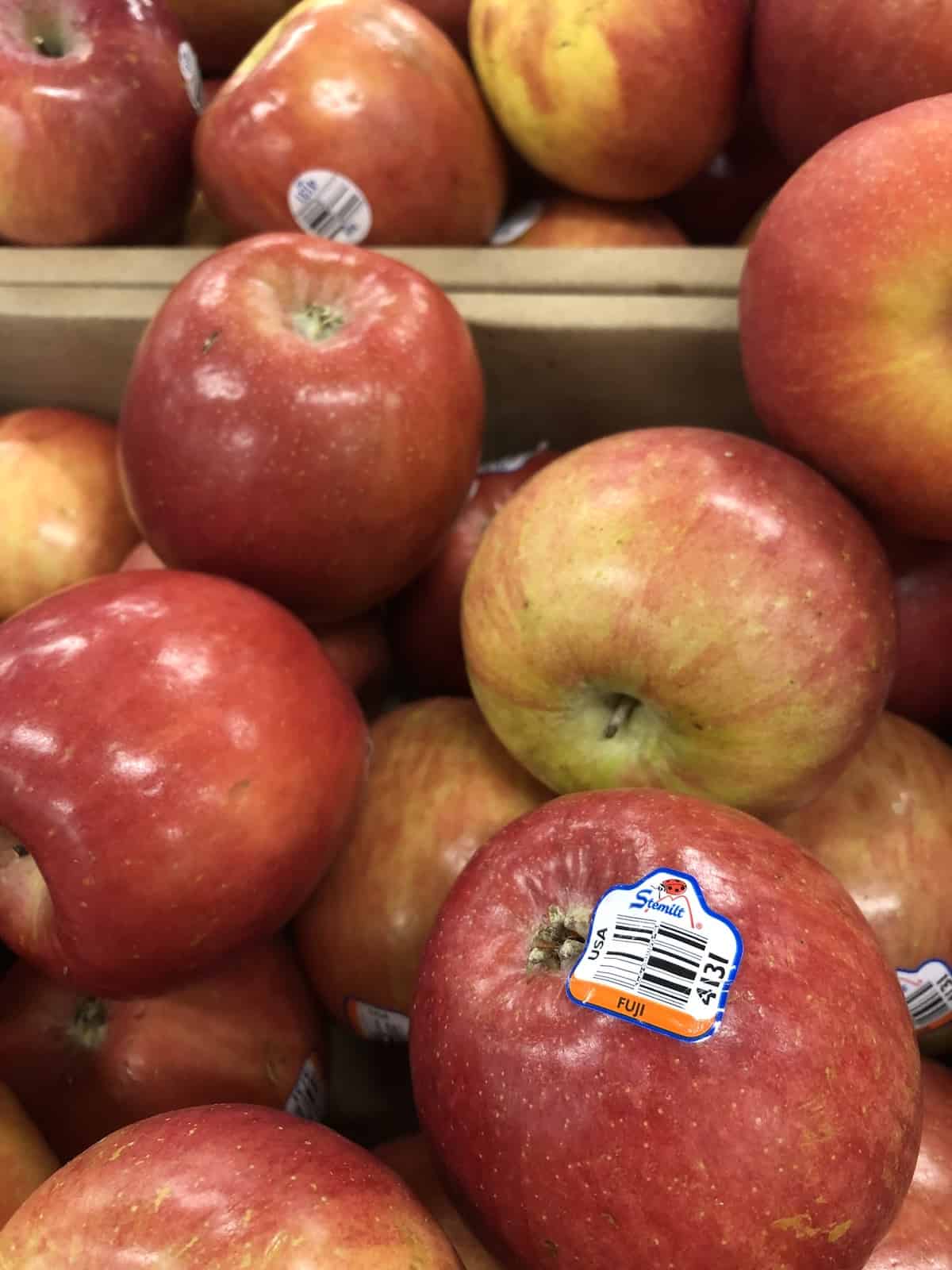
Long-term storage
Fuji apples are a top variety for long-term storage. These apples last for weeks on the counter, a few months in the fridge’s crisper drawer, and 8-10 months in commercial cold storage. Choose unwashed apples with no bruising or other damage for the longest storage life.
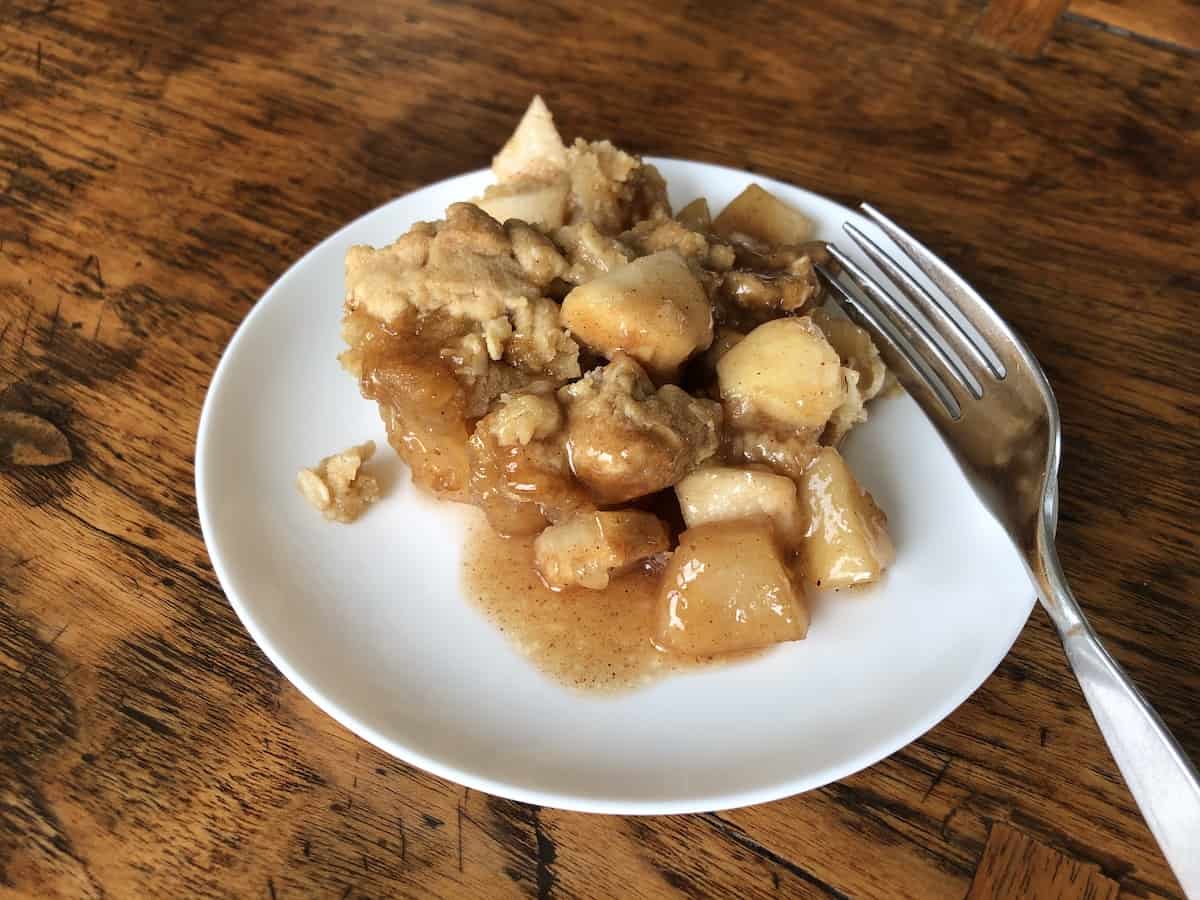
Recipes
Fuji Apples are an excellent all-around apple for use in recipes, both fresh and cooked. These sweet apples have a fine texture and juicy flesh, making them ideal for everything from smoothies to tarts (and of course, apple juice!). They can be used in recipes where apples are raw, baked, roasted, or stewed.
The flesh does brown easily after being cut, making Fuji apples not the best choice for apple slices that may sit out or in a lunch bag. Ambrosia or Envy are better choices for a sweet apple that’s slow to turn brown.
Baking with Fuji apples
Fuji apples are good for baking, as they tend to hold their shape and texture well when cooked. They do have a milder flavor than some other cooking apples, however, so it is not unusual for bakers to blend Fuji apples with different varieties to add a complexity of flavor. Common varieties to blend with Fuji include Braeburn, Granny Smith, and McIntosh Apples (all rather tart types).
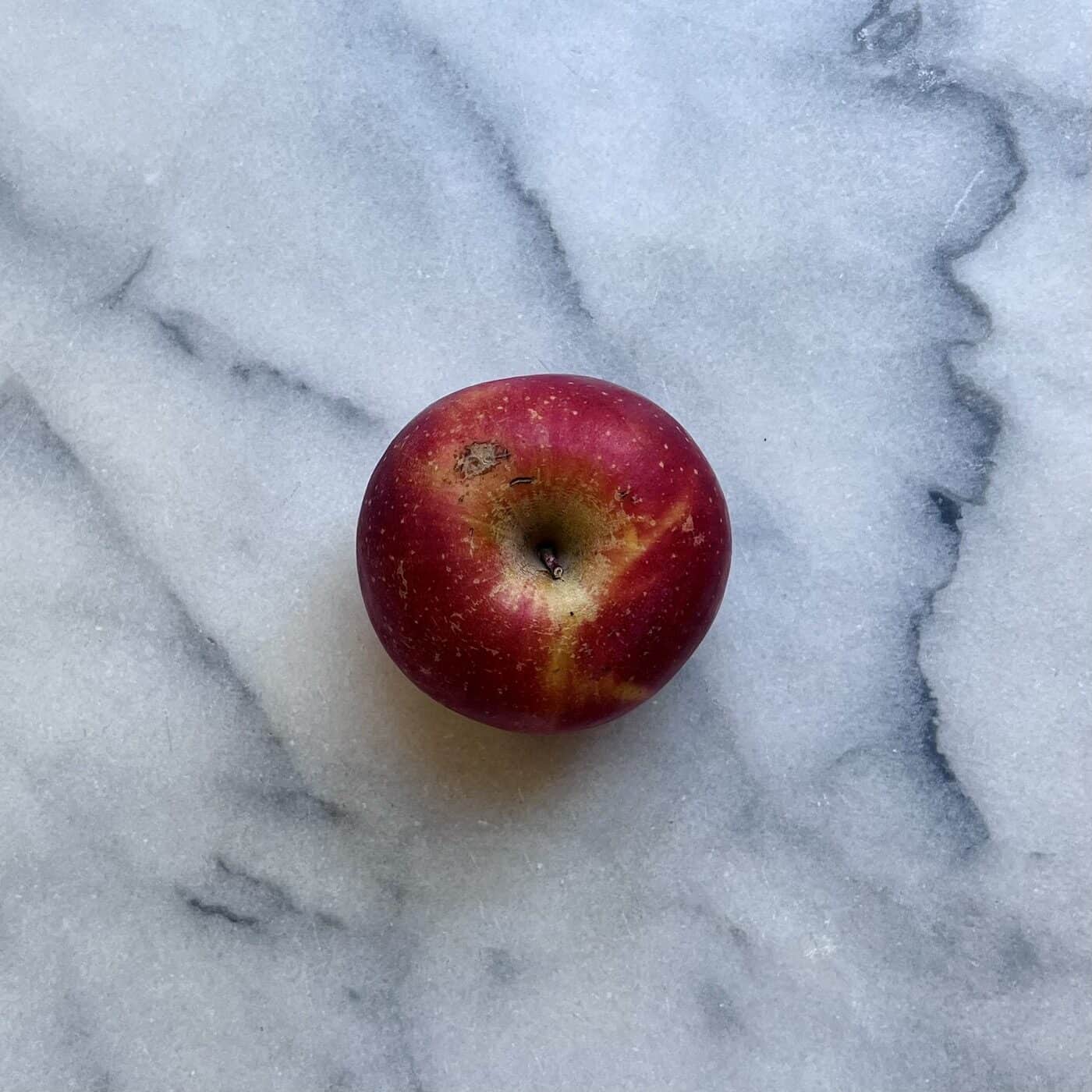
Fuji apple recipes
Here are some recipes to make with Fuji Apples:
- 3-Ingredient Applesauce (No Added Sugar)
- Stuffed Baked Apples
- Fuji Apple Salad (Panera-style)
- Homemade Apple Juice
- Cinnamon Baked Autumn Apples
- Puffed Apple Baked Pancake
- Gourmet Carmel Apples
- Apple Butter
Substitute for Fuji apples in recipes
There are a few apples that make a good substitute for Fuji apples if they are not available. Both Ambrosia and Pink Lady apples have a similar outer appearance. For cooked applications, Envy apples are an excellent substitute. If a smaller size apple is acceptable, try Jazz or Gala Apples.
“We tend to still put Red Delicious at the center of our pomological cosmology, but outside the United States, everyone knows that we live on Planet Fuji.”
Apples Of Uncommon Character: 123 Heirlooms, Modern Classics, & Little-Known Wonders, by Rowan Jacobsen


